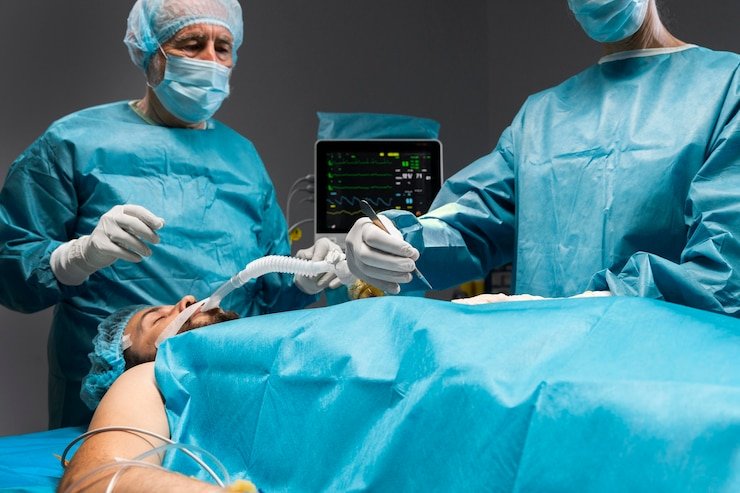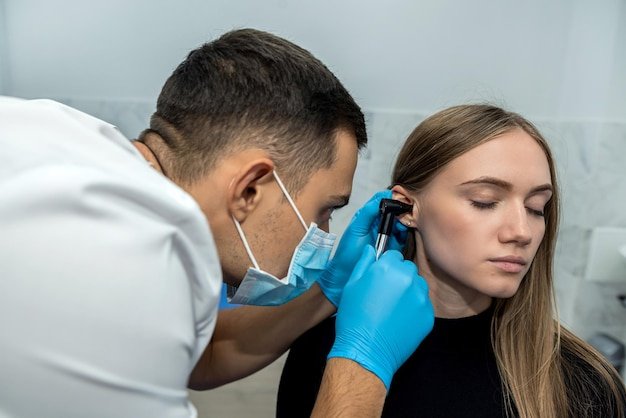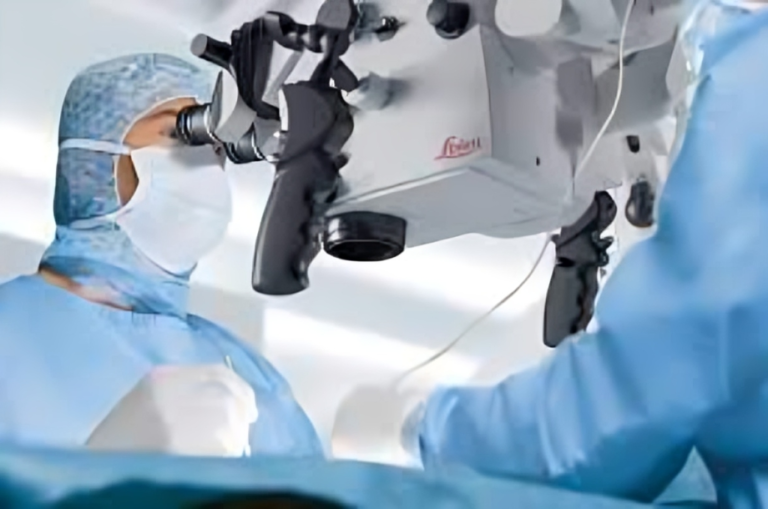Microlaryngeal Surgery: Understanding the Procedure and Recovery.
Micro laryngeal surgery, also known as laryngeal microsurgery, is a specialized procedure used to diagnose and treat various conditions affecting the larynx (voice box). This article explores the purpose of micro laryngeal surgery, the conditions it addresses, the surgical techniques involved, and what to expect during recovery.
To Know More About It Please Click Here
Purpose of Microlaryngeal Surgery
Microlaryngeal surgery is performed to treat and manage a range of laryngeal disorders, including:
- Vocal Cord Nodules or Polyps: These non-cancerous growths on the vocal cords can cause hoarseness and voice changes.
- Vocal Cord Lesions: Benign or malignant growths on the vocal cords, such as cysts or papillomas, may require surgical removal.
- Reinke’s Edema: This condition involves swelling of the vocal cords due to chronic irritation, often caused by smoking or reflux.
- Vocal Cord Paralysis: Micro laryngeal surgery can help improve vocal cord function in cases of paralysis or paresis.
- Biopsy: The procedure is used to obtain tissue samples for diagnostic purposes, such as evaluating suspicious lesions or tumors.
Surgical Techniques
Micro laryngeal surgery is performed using specialized instruments and a microscope to magnify the laryngeal structures. Common techniques include:
- Direct Laryngoscopy: The surgeon uses a laryngoscope to visualize the vocal cords and surrounding structures.
- Microsurgical Excision: Precise instruments are used to remove abnormal tissue, lesions, or growths from the vocal cords.
- Injection Laryngoplasty: In cases of vocal cord paralysis, injectable materials (e.g., collagen, hyaluronic acid) may be used to restore vocal cord function and improve voice quality.
- Laser Surgery: A laser may be employed to remove or vaporize abnormal tissue while minimizing damage to surrounding structures.
- Stroboscopy: This technique uses a strobe light to assess vocal cord vibration and function during surgery.
What to Expect During Recovery
Recovery following microlaryngeal surgery varies depending on the specific procedure and individual factors. Here are the general guidelines:
- Voice Rest: Patients are typically advised to rest their voices for a period following surgery to allow the vocal cords to heal properly. This may involve minimal speaking and avoiding whispering.
- Pain Management: Sore throat and mild discomfort are common after surgery. Pain medications or throat lozenges may be recommended to alleviate symptoms.
- Follow-Up Care: Patients are scheduled for follow-up appointments to monitor healing and assess voice function. Additional treatments or voice therapy may be recommended as needed.
- Voice Therapy: For certain conditions, such as vocal cord nodules or polyps, voice therapy with a speech-language pathologist may be prescribed to optimize voice quality and prevent recurrence.
- Activity Restrictions: Avoid strenuous activities, heavy lifting, or activities that strain the vocal cords during the initial recovery period.
Potential Risks and Complications
While microlaryngeal surgery is generally safe and effective, it carries potential risks and complications, including:
- Bleeding
- Infection
- Scar tissue formation
- Voice changes
- Swelling of the airway
It’s essential to follow post-operative instructions provided by your surgeon and report any unusual symptoms promptly.
To Know More About It Please Click Here
Conclusion
Micro laryngeal surgery is a specialized procedure that plays a crucial role in diagnosing and treating various laryngeal disorders affecting voice function and quality. By using advanced techniques and instrumentation, otolaryngologists can achieve precise outcomes with minimal impact on vocal cord function. If you are experiencing voice changes or have been diagnosed with a laryngeal condition, consult with a qualified ENT specialist to determine if microlaryngeal surgery is an appropriate treatment option for you.








